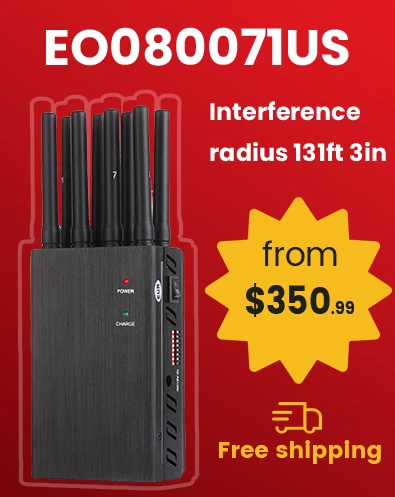The GSM standard is considered the most common. This is because all mobile phones support these frequencies. The same operating frequencies are used to provide uninterrupted Internet access. The third generation of mobile communications is becoming popular in many parts of the country, with an operating frequency of 2000MHz and an information transmission rate of up to 14Mbit/s, enabling high-speed access anywhere.
Mobile operators in the Russian FederationAll modern mobile operators in the country offer high service rates to their customers. Networks use the 1935-2170 MHz frequency, but these signals are available only in densely populated cities. 4G networks are also represented in Russia. Currently, Megafon and MTS are actively developing these technologies using modern equipment.
In Russia, the second generation of cellular communications is very popular. It is used in most regions of the country. This generation of mobile communications operates on frequencies of 900-1800 MHz. These standards are used for texting, ringtones and surfing the Internet. In addition, as you can see, in many parts of the country both 3G and 4G standards are available. The main mobile providers include the following companies: Megafon, MTS, Beeline and Tele2. They cover most areas, and MTS operates nationwide.
Russia's telecommunications market is dominated by four large operators that provide mobile communications services across the country, including 4G LTE and 5G (in some areas) network support.







